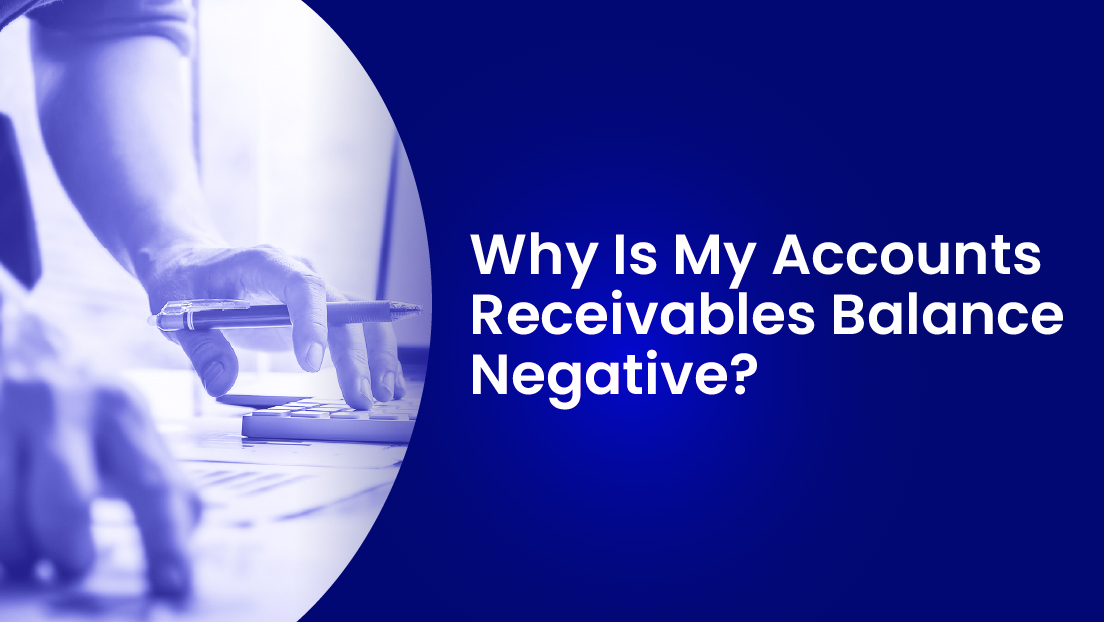Proper accounting can make or break a business. It follows much stricter rules than most other areas of business management. Accountants respond to this challenge by relying on accounts correspondence.
First, accounts need to reflect each other accurately; i.e., correspond with each other. “Accounts correspondence” also refers to the documentation of accounting transactions and resulting communications with clients and customers.
Why Do Accounting Entries Need to Correspond?
Accounting requires checks and balances so accountants can note when numbers don’t balance or correspond with each other. To accomplish this, accounting uses a double-entry system: Debit and credit entries in a correspondent account should cancel each other out. When accounts correspond, there are equal values of debits and credits, so there is a uniform reflection of entries on both sides.
When accounts do not correspond, financial professionals must then conduct investigative mathematical work to determine the error. Sometimes, this could be as simple as an extra zero or a misplaced comma. Usually, the smaller the error, the tougher it is to find.
Why Does Customer Communication Matter?
When most people think of the face of any company, they picture a charismatic CEO and an energetic sales team. Few people expect to have any direct contact with the financial team, but the accounts receivable team communicates with customers. This is especially important for transactions that involve credit payments.
Several transactions and financial events might prompt communications from the accounts receivables team. These might include reminders to send payment, confirmation of payment and monthly account balances. One of the most important correspondence documents for the accounts receivable team is the collections letter.
What Is a Collection Letter?
When one entity defaults on its obligation to pay another, it may receive a collection letter. The letter provides information related to the current account balance and how much is past due. Here are some common examples of situations that might prompt a collections letter:
- Bank customers failing to make minimum payments on credit cards
- Dentistry patients falling behind on installment payments
- Retail giants failing to generate enough cash flow to cover bulk orders
Depending on the collections strategy, the letter might also include warnings. For example, the customer might lose service or not be able to place new orders until the debt is paid. In severe cases, there may be threats to report the debt to credit bureaus or to sell the debt to collections agencies.
Why Are Collections Letters So Important?
The right words won’t cause money to magically appear out of thin air, but it might nudge the client to pay the bill. Sometimes, companies genuinely forget, or they deprioritize companies that aren’t aggressive about pursuing payment.
Should the matter end up in court, documenting the collections process is crucial. Phone calls reduce the evidence to a match of he-said-she-said. Collections letters provide written proof of what was said and when. They also document the steps the company took and the escalations.
It’s important to note that consumers have rights. Companies should consult with legal professionals to determine a compliant course of action. For example, landlords must follow federal, state, and local laws regarding evictions or other measures to collect on rent money. Similarly, there are federal laws governing the collections process, especially after someone retains counsel.
Are you ready to automate your accounts receivable and collections process? Gaviti can help. Contact us for a quote today.






















